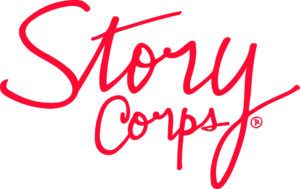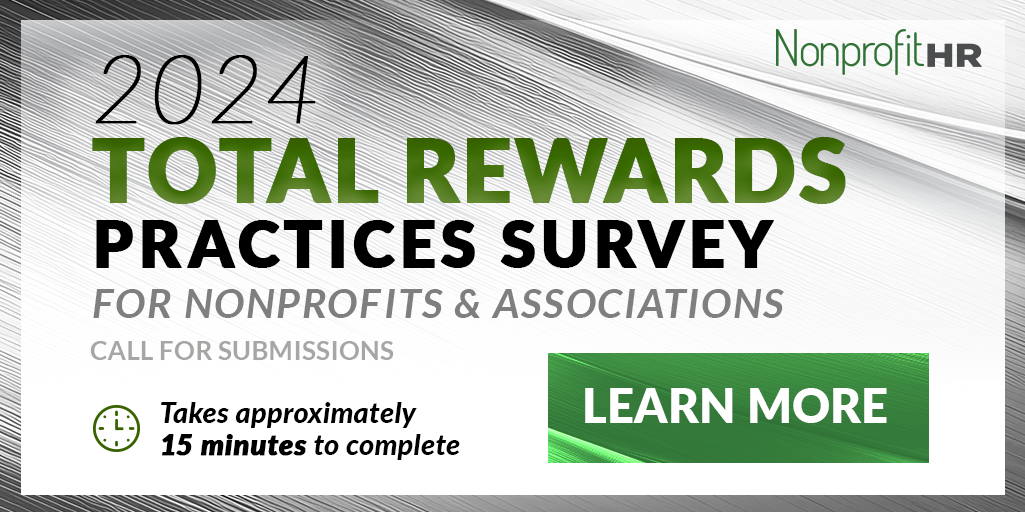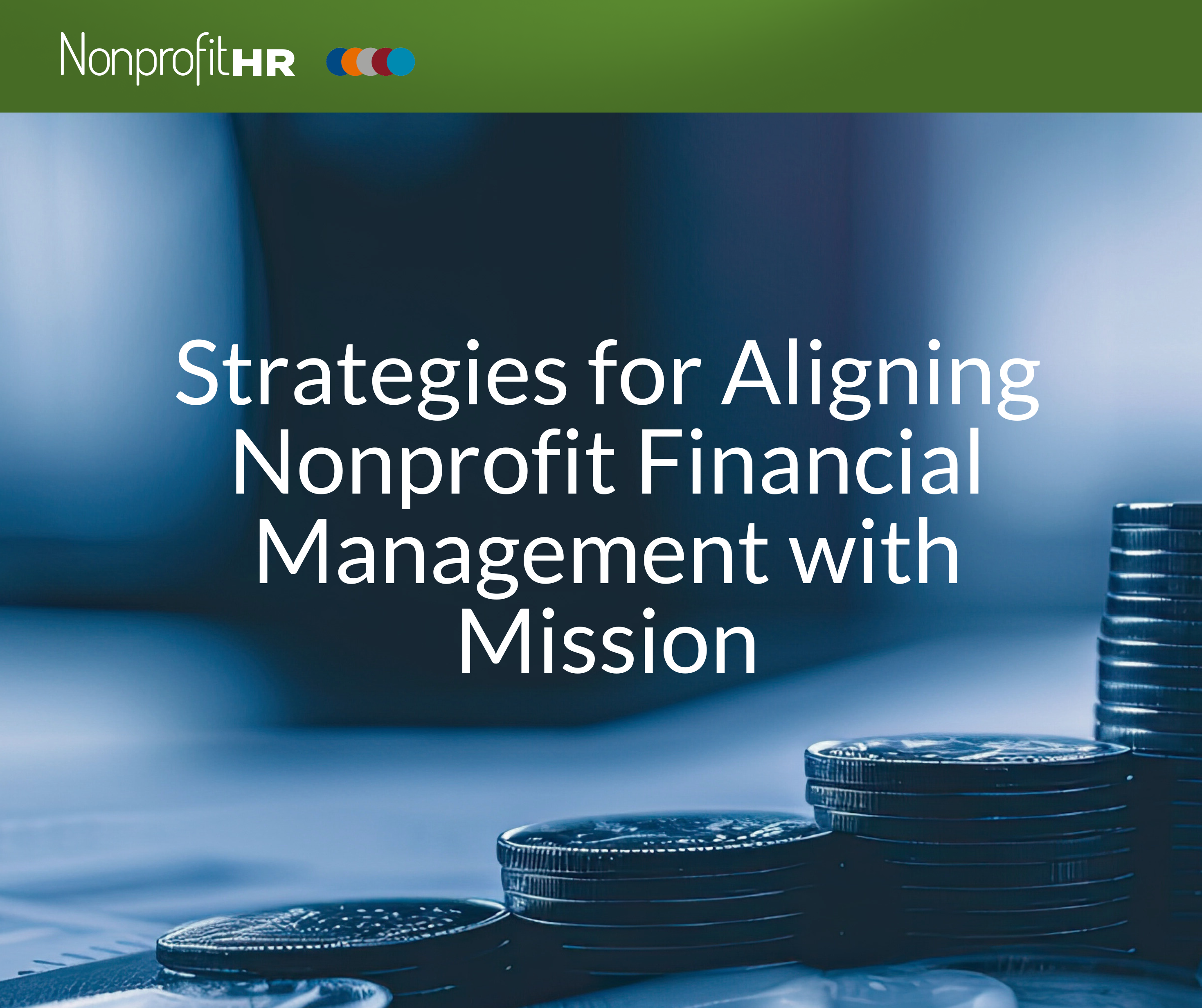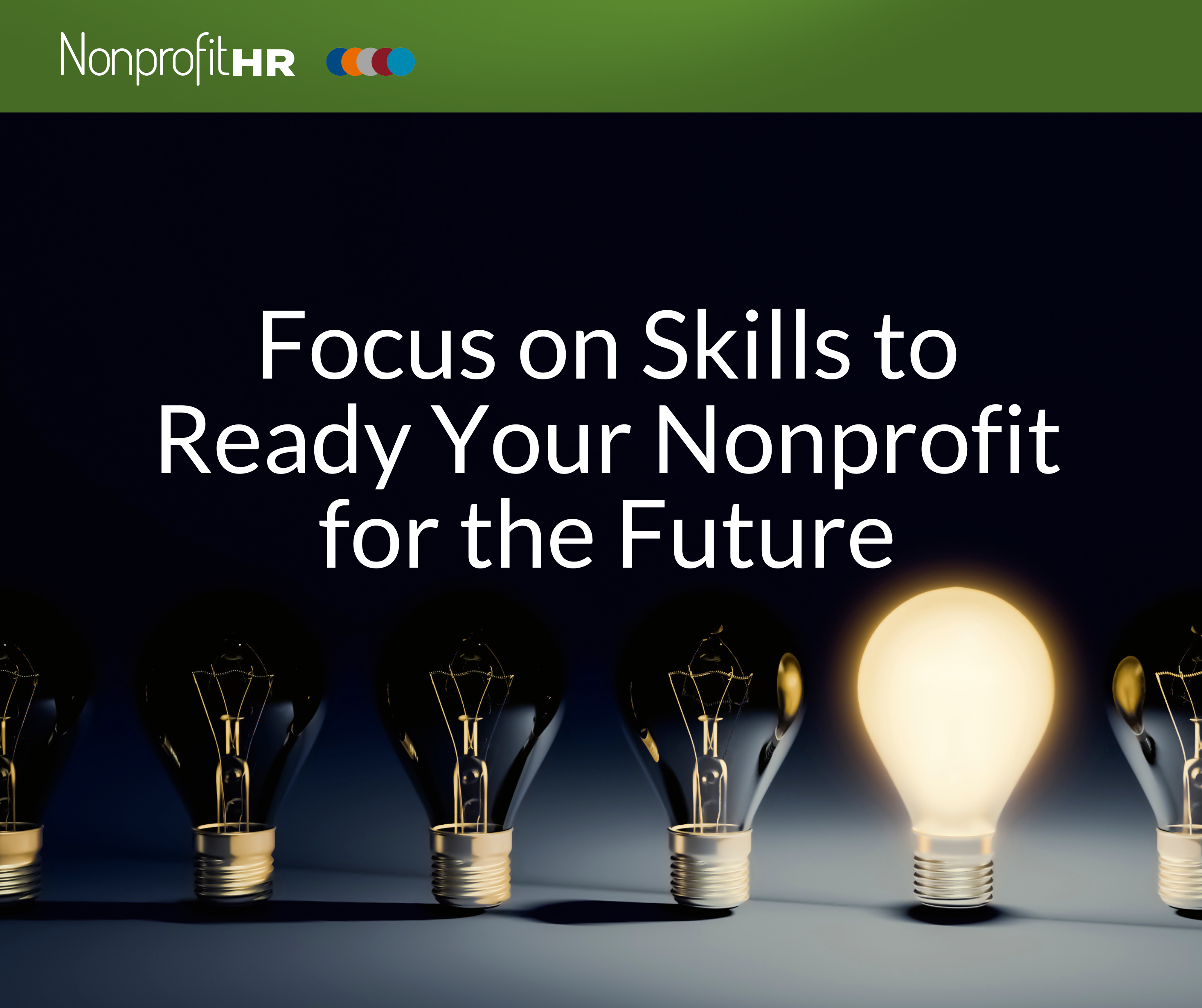WTOP: 5 ways nonprofits can…
With the mission to record, preserve and share the stories of everyday Americans, StoryCorps is an award-winning national nonprofit that has amplified the voices of people of all backgrounds and beliefs. “We can learn so much about the people all around us, even the people we already know, just by taking the time to have a conversation,” said Founder & President Dave Isay. With permission, StoryCorps interviews are archived at the American Folklife Center at Library of Congress in Washington, D.C. This year, the organization was featured on 60 Minutes for their new initiative One Small Step, which pairs strangers with different political beliefs for a 50-minute conversation in an effort to bridge the political division within the U.S.
So what is StoryCorps’ story? We sat down with Lisa Stein, Chief Financial and Administrative Officer, to spotlight and share with our community the organization’s commitment to sacred storytelling, diverse talent and creating impact for future generations.
Nonprofit HR: Please share StoryCorps’ mission with our readers.
Lisa Stein: Our mission is to record, preserve and share humanity’s stories to build connections between people and create a more just and passionate world. It is of the moment, and I think it’s universal, but it’s particularly poignant in this very polarized society we are all walking through life in.
Nonprofit HR: What is StoryCorps’ talent management philosophy? What strategies and commitments has the organization made to bring that to life?
Stein: In support of our mission, one of our core values is to make StoryCorps a fantastic place to work and to have both our employees and our culture reflect our mission. Our organizational values underscore every aspect of our work, including diversity, accessibility, collaboration and excellence.
In our work, in recording and sharing these stories, we’re trying to focus on stories that might not always be heard in the wider media. And in the same way we seek to amplify those voices, we seek to have our staff reflect that. We are very focused on having a diversity in our staff, that can be based on race, based on life experience, based on age. That richness on our staff allows us to hone in and amplify the richness of those stories.
We also are focused, as of late, on having metrics around that and having the diversity of our staff reflect the diversity of the community at large as well as hold ourselves accountable to progress toward those metrics.
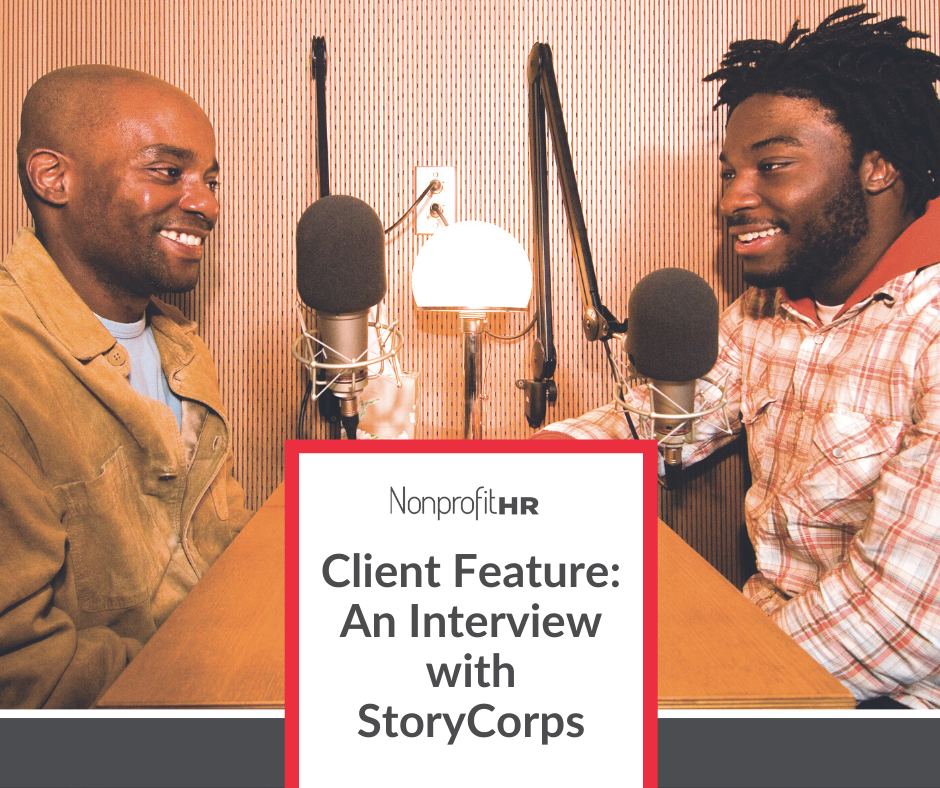
Nonprofit HR: According to our 2022 Nonprofit Talent Management Priorities Survey, performance management, culture and engagement, and learning and development were the top three talent management priorities indicated by survey respondents. Do these reflect the top three talent management priorities for StoryCorps?
Stein: Yes, they do. I think that in terms of performance management, what we started prior to the pandemic was to adapt data-driven objectives and key results (OKR) methodology to be able to quantify impactful results and have a process where as an organization, we are setting these objectives. As well as in our departments and as individuals, we are setting these objectives, so each is supporting the whole and is connected.
In terms of culture and engagement, the pandemic has posed a huge challenge. Part of what staff themselves identify both when we do engagement surveys and when we do exit interviews is that they really value their colleagues and the culture of StoryCorps—it’s the people. In fact, we always say, “Never say goodbye,” because StoryCorps people always come back one way or another. The pandemic made that really hard and people missed each other. Zoom wasn’t the same. How do you try to take cultural norms and make them virtual?
“I think COVID split open a lot of fission points and a lot of the norms got upended. So while in the beginning, we were focused on keeping everyone safe, what’s emerging is, what should work culture look like for Story Corps?”
As an example of how we did that culture building in person is we have a lovely tradition on Fridays. At lunchtime, we would all gather together in our common lounge space and listen to the story that aired that morning on NPR’s Morning Edition. The producers would give us a background of the story and how they identified it because, to date, we have captured over 340,000 interviews, so not everybody’s interview is getting on to NPR. Details from our producers often ranged from how they found the story to what exactly attracted them to it. The interviews are 40 minutes, but the public is only hearing two minutes. They also share what was focused on primarily, what got left out and any interesting bits that didn’t make the cut. And they share how those being featured in the story react when hearing it! So we have this tradition of doing a deep dive and sharing it together. Then, we do shout-outs and high-fives, it’s a wonderful Friday tradition. Thankfully, we were able to translate it to Zoom and people have really appreciated that. It’s a real anchoring piece of normalcy for StoryCorps.
Also, as is everyone, we’ve been really focused on keeping people safe and sane, so we’ve had a lot of cross-staff working groups. We’ve had a working group focused on how to safely return to doing in-person interview collection, we’ve had a cross-functional group around how to come back to the office safely and we’ve also had an ongoing IDEA group (diversity, equity, inclusivity and accessibility) focused on setting targets as well as defining goals and ways to move forward as an organization. We also have an internal affinity group for Black, brown, Indigineous and melanated people of color. That was a staff-driven initiative as well!
Also, we used to do these lunch and learns where we would all sit and have our lunch, either having a speaker or someone internally share, so we made that virtual. We’ve been fortunate to have some very nice opportunities to have key speakers. Vanita Gupta used to be on our board before she went to the Department of Justice, so she did a large lunch and learn Q&A with our staff, which was phenomenal. Our outgoing interim board chair, Marta Moret, professor at Yale University, gave a great Q&A for our staff, so that was also an exciting opportunity. We also did some of the fun trivia nights and social stuff, but it’s hard when you may have spent the majority of your work day on virtual meetings to then come be social on another virtual platform. You can get exhausted!
Nonprofit HR: It seems like StoryCorps was able to take the outside, of what you all are producing and promoting, and incorporate that into the employee experience.
Stein: You know what’s also really great about it? Not everyone here is a producer. This is my first experience in an organization involved with media, and it takes a lot of pieces to make the whole. Even in all those discussions, the questions are coming from all the people who aren’t producers, but we all have some ownership and love of the stories. People have their favorite ones, and sometimes they will link to their favorite stories in their e-signature.
Nonprofit HR: You mentioned earlier diversity through lived experiences. Most organizations may be familiar with more of the classic definition of diversity, when it comes to race, gender, ethnicity, abilities, language, etc. Can you speak a little more about diversity in lived experiences?
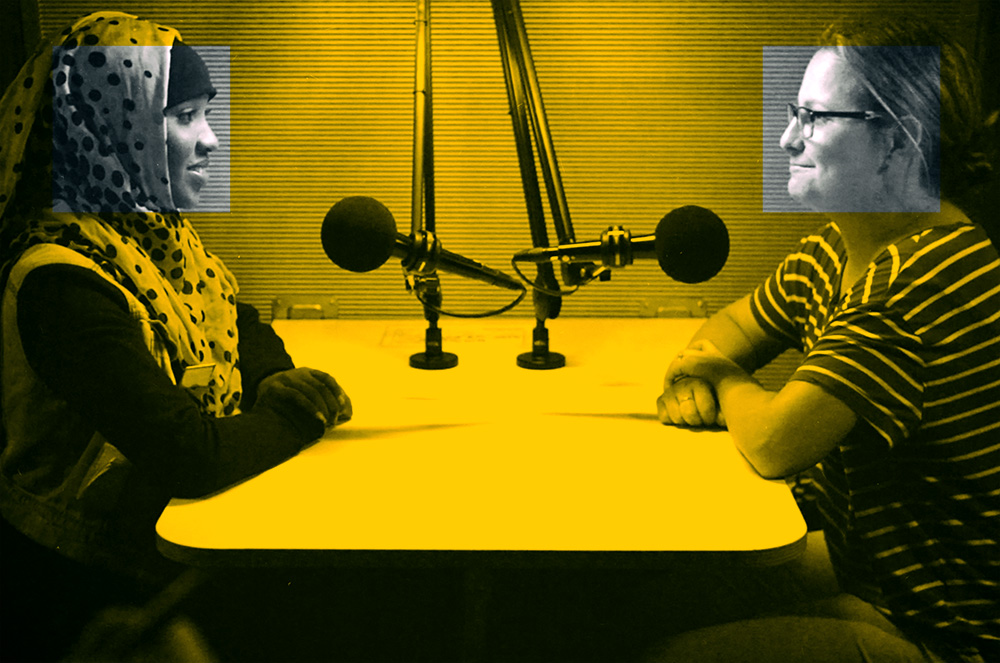 Stein: First of all, we have a mobile tour; it’s one of our core programs. That tour went virtual at the beginning of the pandemic, and we were lucky that we were able to make that pivot quickly and continue it. We consider this a service, and we are giving people the opportunity to have meaningful conversations, record them for posterity, and be stored at the Library of Congress. But the mobile tour is about being able to go out because we are a vast country. We’ve been to Alaska, Wyoming and Idaho. When we’re planning tours, we think about rural, urban, middle of the country, southeast, northwest, where haven’t we been to at all, where we haven’t been back to in a while, etc. It tends to be a zig-zag. And then, we are partnering with organizations and local public radio stations to get out there and get everyday people in everyday places all over the country. I think there is some geographic diversity in that.
Stein: First of all, we have a mobile tour; it’s one of our core programs. That tour went virtual at the beginning of the pandemic, and we were lucky that we were able to make that pivot quickly and continue it. We consider this a service, and we are giving people the opportunity to have meaningful conversations, record them for posterity, and be stored at the Library of Congress. But the mobile tour is about being able to go out because we are a vast country. We’ve been to Alaska, Wyoming and Idaho. When we’re planning tours, we think about rural, urban, middle of the country, southeast, northwest, where haven’t we been to at all, where we haven’t been back to in a while, etc. It tends to be a zig-zag. And then, we are partnering with organizations and local public radio stations to get out there and get everyday people in everyday places all over the country. I think there is some geographic diversity in that.
In particular, in the piece that 60 Minutes highlighted us on, One Small Step, instead of the story coming to us, there is a real focus in saying, “We need to go out and find people who are on different ends of the spectrum around their beliefs and bring them together to have a conversation.” There is a diversity in where we are going and what we are hoping is universal in our message of, “We would like people to come together and have a conversation and find some shared humanity in this time of divisiveness.” That’s been a new and different focus for us, going out there to the heart of it and asking for it. So that is a challenge that we’ve been rising to and feel is important in order to meet the commitment of the focus of One Small Step.
Nonprofit HR: How has gathering stories evolved considering the direction of journalism and presence of polarization today? Especially, in attracting staff that are across the spectrum of diversity to be able to capture all the thoughts that are out there?
Stein: We’re very fortunate that StoryCorps has a reputation and is known, so there is some level that people are attracted to the mission and to our work. We certainly feel it’s critical to hire top talent in various fields. We need producers; we need graphics; we need audio/visual editing; we need marketing and communication—there are multiple facets. Again, we seek to hire staff that reflect the diversity of the communities we are trying to reach and that we can iterate and learn as an organization, as employees. We’ve had a real commitment to training around implicit bias and the interconnectedness of different forms of racism and oppression and how to think about that, making sure that we are self-reflective in our work when presenting sensitive stories.
To attract and keep talent, we are making sure that we offer generous compensation packages that include competitive wages and benefits. Pre-pandemic, we committed to mental health and had given everyone 12 free counseling sessions and information for personal work/life issues. We are glad we had that in place. It’s been a tough couple of years.
Another core value is the belief that the interview space is a holy space. We will do no harm. We will have the highest ethical standards in hosting and maintaining every interview, giving people the rights and authority over the interview, and facilitating them to save it for posterity, and for themselves, in the Library of Congress. Then, when a story is selected to be highlighted, we may do a second part to the interview, an “ask back.” We’ll pick up on a theme that might not have been a main thread, but it is always done with respect, permission and a focus on that being a good experience.
Another internal tradition is when we are training facilitators, we host a Family and Friends Day. This tradition has impacted me personally. When I started, there was a facilitator training and I was able, pre-pandemic, to go to the lower Manhattan booth with my mother for her 75th birthday. I had an experience in the booth with the microphones, the lighting, the mood and the facilitator guiding us through. It was a lovely conversation, and while we are very close, it was different. In that conversation, we were able to go places we had not gone before. And what a gift, we both have that. So, one day when my mother is not here, I will have that to remember her. And to be able to give that experience to all who come and all who would like it, be it through the app, be it in person, is a gift for the participants and it’s a gift for our collective history and culture.
Nonprofit HR: What do you believe are the essential elements of great storytelling?
Stein: We start with the premise that every story matters. Everyone has a story, every story is important and that experience is so personal, when you go in and have your conversation. That’s a conversation of a lifetime, and often people say, “Wow, I didn’t realize I’d go there.”
As I said, our mobile tour has more of a geographic focus. Sometimes, we organize around a theme. We’ve had a Griot Initiative that focused on capturing voices and experiences of African Americans and an ongoing Military Voices Initiative that focuses on active, retired and families of people in the military service. We’ve had a partnership around 9/11 and a commitment to interviewing survivors and family members of victims of 9/11, making sure everyone gets the opportunity to tell the story they want to know about that experience. For the 50th anniversary of the Stonewall riots, we made an effort to go out and record older members of the LGBTQ+ population who could speak to their experience before the more modern legislative protections put in place.
Again, sometimes it’s just a great story. And on our website, for events such as Martin Luther King, Jr. Day and Holocaust Remembrance Day, we go into the archives and select stories that tie into those themes. And the thing that’s so beautiful about that is there are so many different aspects of people and how they tie back to that date, but it’s not necessarily rote and formulaic. It’s another way of looking at time and understanding history through lived experience. For these people in these interviews, in what ways did it touch them? It’s very different in each story and not necessarily traditional in what you might think you would hear for one of those important dates.
Nonprofit HR: What is something that most people don’t know about StoryCorps?
Stein: People may not know that we started back in 2003, and our founder Dave Isay convinced Grand Central Terminal here in Manhattan to host a booth. That was the first booth. In Grand Central, it’s a busy place and it’s easy to just walk by. But there we were, and we gave people an opportunity to come in and have a meaningful conversation. We know that since then, in our 20+ years of operating, approximately 600,000 Americans have recorded with us. We are the largest living archive of live recorded voices.
Nonprofit HR: How is the organization leveraging the full background of talent to inform the future of storytelling?
Click below to listen to Lisa’s response!
Nonprofit HR: Being in the realm of journalism, how have you seen it evolve? What have we lost and what have we gained?
Click below to listen to Lisa’s response!
Nonprofit HR: Do you have any predictions on the future of journalism and storytelling?
Click below to listen to Lisa’s response!
Nonprofit HR: You mentioned Contact Theory. Is the academic community guiding your research, philosophy or approach?
Stein: Yes, we have a braintrust, which is a group of advisors, including scientists, researchers and psychologists, that support One Small Step’s scientific and systematic approach.
Nonprofit HR: How essential is it for StoryCorps to partner with an organization like Nonprofit HR to sustain its talent management commitments?
Stein: It’s really important. We’re grateful. As I said in the beginning, it’s been a really difficult time for all organizations. We’ve had to grapple with a major global health pandemic and in this country in particular, a racial reckoning. I think COVID split open a lot of fission points and a lot of the norms got upended. So while in the beginning, we were focused on keeping everyone safe, what’s emerging is, what should work culture look like for StoryCorps? What’s StoryCorps HR 2.0? We would like to poll staff as well to ask them what’s working, what’s not working and what we should emerge looking like. We are in this time of growth for our organizational development and this moment has laid everything open to possibility, so what could it, or should it, look like going forward? Not throw everything out for the sake of casting everything out, but what is good that we want to hold on to, how can it morph in this new way? Maybe right now, we are focused on having attractive benefits and compensation, but maybe that needs to change to be presented differently or we need different benefits than the traditional ones. I don’t know, so I’m really excited to have Nonprofit HR come in with the expertise you have from the whole sector and bring that knowledge to bear. I don’t think we need to reinvent the wheel, but in the same breath, we also want to have a fresh set of eyes and perspectives. That’s what I’m most excited for, that at the end of this year we ask, what have we built?
Learn more about our interviewee:
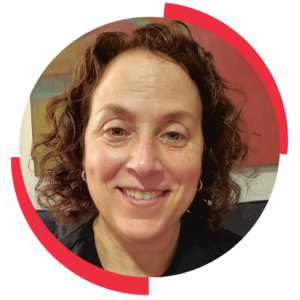 | Lisa SteinChief Financial & Administrative Officer Lisa Stein joined StoryCorps in September 2019. In her role, she oversees the HR, Finance, Legal, and Office Operations departments as well as the Corporate Sponsorship/Custom Service (fee for service) departments. She has over 20 years’ experience in various local and national organizations that share a common mission to empower people disenfranchised due to poverty, race, disability, or other barriers, and to assist them to achieve greater self-sufficiency. Read Lisa’s full bio. |
About Nonprofit HR
Nonprofit HR is the country’s leading and oldest consulting firm focused exclusively on the talent management needs of social impact organizations. We focus our efforts on Strategy & Advisory, HR Outsourcing, Search, Total Rewards and Diversity, Equity & Inclusion. Nonprofit HR also offers customized learning and development in addition to research and events, all with the objective of strengthening the people management capacity of the workforce.
Since 2000, our staff of credentialed experts have advanced the impact of some of the world’s most influential brands in the sector. Learn more about the missions we serve. Contact us today to learn how we can partner with you for success!






























